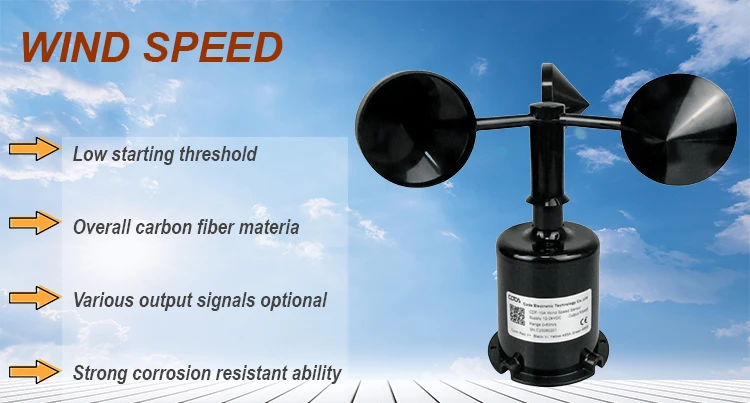
html
Anemometer: Instrument to Measure Wind Speed
Wind speed is a crucial meteorological parameter that affects weather forecasting, aviation, marine navigation, and even renewable energy production. To accurately measure wind speed, scientists and engineers rely on a specialized device called an anemometer.
What is an Anemometer?
An anemometer is a scientific instrument designed to measure the speed and sometimes the direction of wind. The term originates from the Greek word anemos, meaning “wind.” These devices are widely used in weather stations, wind farms, and research facilities to gather precise wind data.
Types of Anemometers
Several types of anemometers exist, each with unique working principles:
1. Cup Anemometers
The most common type features three or four hemispherical cups mounted on horizontal arms. As wind blows, the cups rotate, and the rotation speed correlates with wind velocity.
2. Vane Anemometers
These combine a propeller with a tail fin that keeps the device oriented into the wind, measuring both speed and direction.
3. Hot-Wire Anemometers
Using electrically heated wires, these measure wind speed by detecting how quickly the wind cools the wire.
4. Ultrasonic Anemometers
These advanced models use ultrasonic sound waves to determine wind speed by measuring the time it takes for sound to travel between transducers.
How Anemometers Work
The working principle varies by type, but generally:
- Mechanical anemometers (cup/vane) convert rotational motion into electrical signals
- Electronic anemometers measure changes in resistance or sound wave propagation
- Data is processed and displayed in units like meters per second, miles per hour, or knots
Applications of Anemometers
Anemometers serve critical functions in multiple fields:
- Meteorology: Weather forecasting and climate studies
- Aviation: Airport wind monitoring for safe takeoffs/landings
- Marine: Navigation and storm warning systems
- Renewable Energy: Wind turbine placement and performance monitoring
- Construction: Safety monitoring at high-rise building sites
Choosing the Right Anemometer
When selecting an anemometer, consider:
- Measurement range and accuracy requirements
- Environmental conditions (temperature, humidity)
- Portability needs (handheld vs. fixed installation)
- Additional features (wind direction, data logging)
- Power requirements (battery vs. AC power)
Modern anemometers range from simple handheld devices to sophisticated weather station components, with prices varying accordingly. For most professional applications, ultrasonic anemometers offer the best combination of accuracy and reliability, though they come at a higher cost.
Whether you’re a weather enthusiast, a professional meteorologist, or an engineer working with wind energy, understanding anemometers and their capabilities is essential for accurate wind speed measurement.
Keyword: instrument measure wind speed